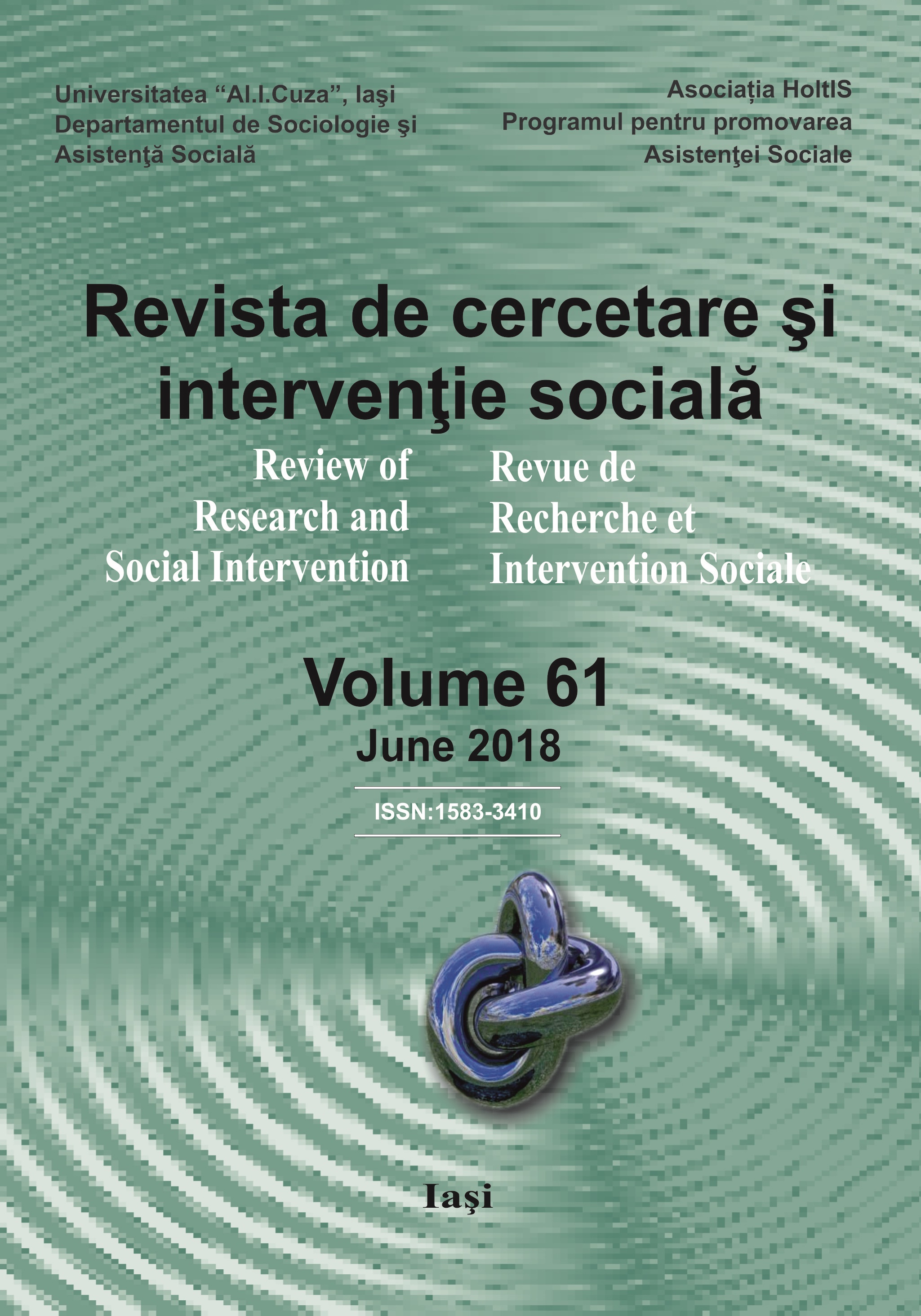The Influence of Speech Disorders on the Social Insertion of Children and Adolescents in the Region of Moldova
The Influence of Speech Disorders on the Social Insertion of Children and Adolescents in the Region of Moldova
Author(s): Catalin Plesea-Condratovici, Mihai Mutica, Stefan Lucian Burlea, Cristina Kantor, Alexandru Bogdan Ciubara, Anamaria CIUBARASubject(s): Social Sciences
Published by: Expert Projects Publishing
Keywords: speech disorders; social insertion; children; adolescents;
Summary/Abstract: Society nowadays is governed by important principles like performance, esthetic requirements that are aspects based on self esteem, a real parameter resulting from harmonious somatic development, where the oral-maxillofacial fi eld has a distinct signifi cance. Any impediment in the child’s and adolescent’s ways of communication corroborated with the intraoral status and the personality type, ultimately aff ects the child’s and adolescent’s social insertion, setting the path for the future adult’s behavior and their academic and future professional performance. The research study included the correlation of incidence and prevalence of speech disorders with the defects of the frontal area represented by edentation or carious lesions, determining the impact on the personality development and social insertion. The speech disorders were detected through specifi c tests. The infl uence on personality development for this group of patients was assessed using questionnaires: the 16PF personality test (Cattell & Kline, 1977) with dichotomous questions, the personality test “Star of Self-esteem” with open questions and a test of psycho-sociological nature. Speech impediments correlated with frontal edentation, as a defect, abnormality in basic teeth structure, intervene in the natural process of formation and crystallization of self-esteem, causing negative thoughts regarding own self and own development abilities. On behavioral level, these negative thoughts turn into ways of hiding the defect by covering the mouth with the hand, speaking with lips tight or facing downwards, avoiding eye contact, sometimes in a low voice or even turning the head away while speaking, going as far as refusing to talk to someone.
Journal: Revista de Cercetare şi Intervenţie Socială
- Issue Year: 2018
- Issue No: 61
- Page Range: 198-217
- Page Count: 19
- Language: English

